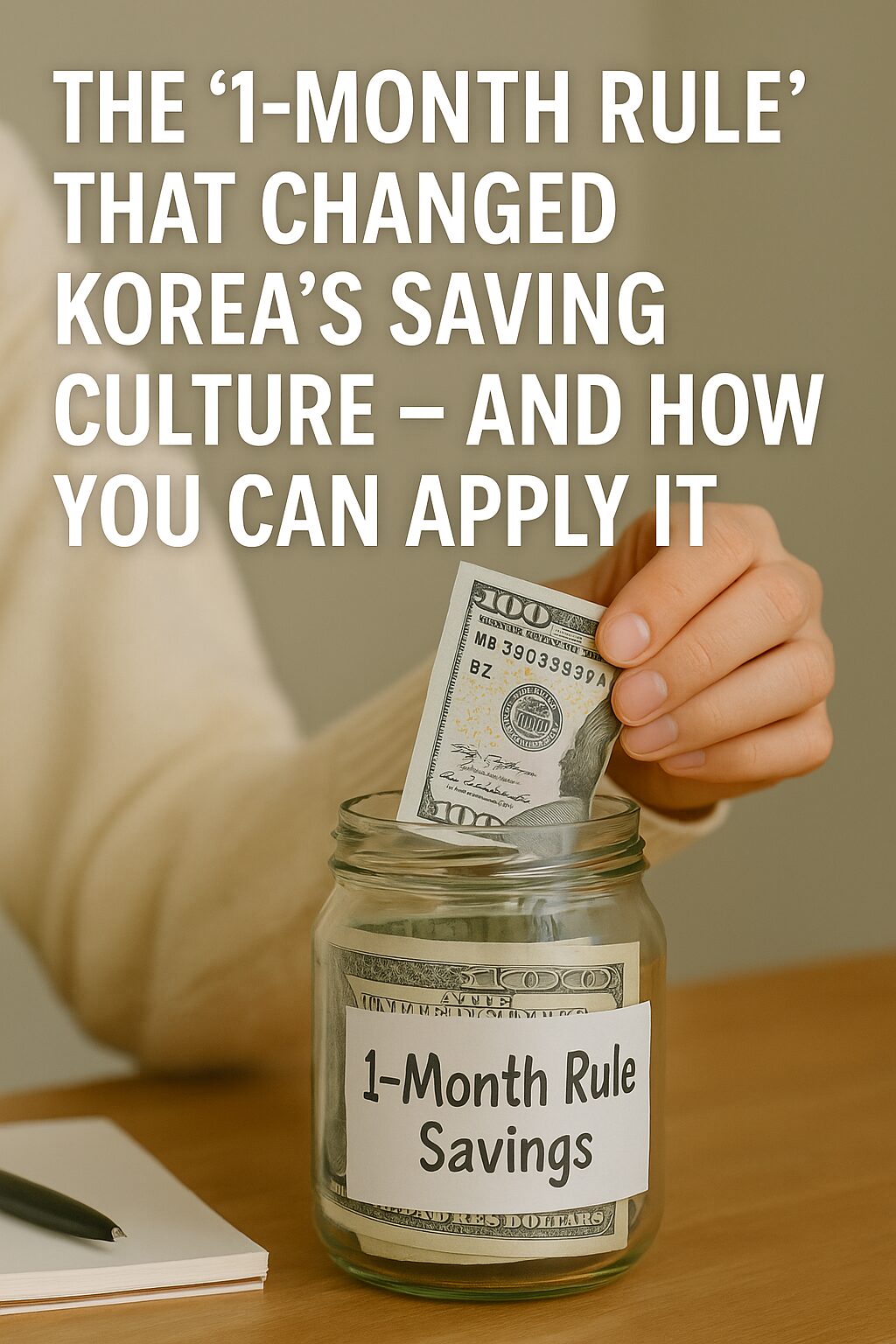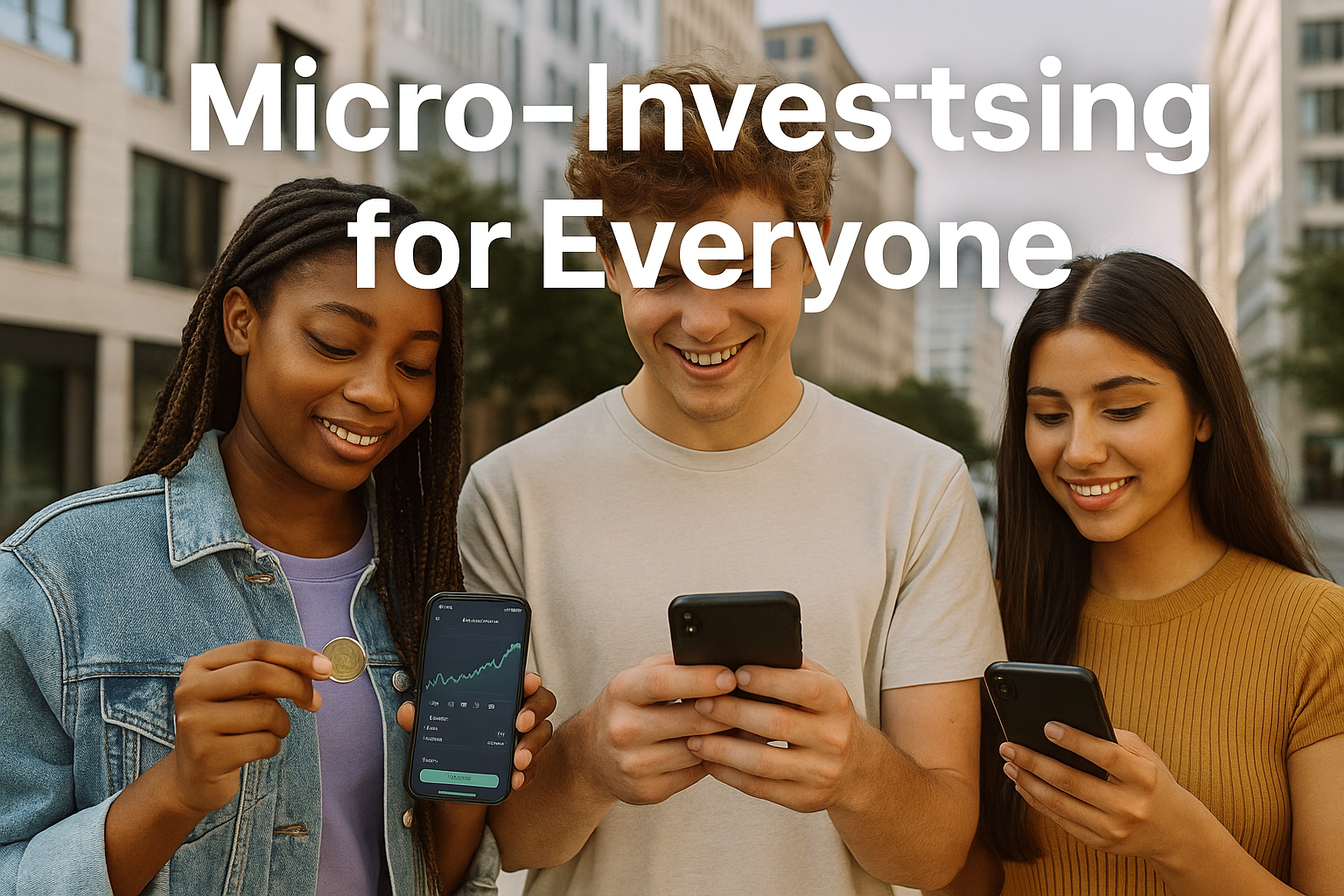What if you could build a lifelong savings habit — just by following one rule for 30 days?
This is not a gimmick.
It’s a simple mindset shift that helped Korea become one of the world’s top saving nations.
And the best part?
You can apply this exact rule — starting today.
1. Korea’s Surprising Saving Power
Korea wasn’t always a nation of savers.
But over the past few decades, something changed:
- In 1997, the Asian financial crisis shook the economy
- Families lost jobs, savings, and even homes
- The government, schools, and media began promoting financial literacy
- “1-month discipline rules” became part of daily culture
Today, Korea has one of the highest household saving rates among OECD countries.
The secret? Short-term saving challenges that create long-term habits.
2. What Is the One-Month Rule?
Here’s the rule:
“Before buying anything non-essential, wait 30 days.
If you still want it after 30 days — and can afford it — then buy it.”
That’s it.
This simple pause rewires your brain:
- It reduces impulsive buying
- It strengthens delayed gratification
- It creates intentional spending
This rule is now taught in schools, used in budgeting apps, and practiced by millions.
3. Why It Works (Psychology + Economics)
The One-Month Rule taps into two key behavioral principles:
1. The “Hot–Cold Empathy Gap”
When you’re in a “hot” emotional state, you overspend.
But if you force a 30-day cool-down, you make smarter choices.
2. The Habit Loop
- Cue: See something you want
- Routine: Add to wishlist, set 30-day timer
- Reward: Either saved money or intentional joy after the wait
Over time, your brain learns to enjoy not spending — a rare but powerful habit.
4. Real-Life Case Studies
Example 1: Rachel, College Student (Canada)
- Used to buy $200/month of fast fashion
- Started a “1-month delay” challenge with roommates
- Cut clothing spend by 70%
- Now saves $150/month into an emergency fund
Example 2: Samir, Software Engineer (India)
- Wanted to buy a $1,000 smartwatch
- Delayed for 30 days
- Ended up not buying it
- Put the money into a mutual fund
- Net worth grew $3,500 in 2 years from “non-purchases”
Example 3: Minji, Teacher (Korea)
- Grew up with this rule in her family
- Still uses it in her 30s
- Has over $50,000 saved
- Says: “Every purchase becomes a choice, not a habit.”
5. How to Apply the Rule (In Any Country)
Here’s how to make it work for you — starting today:
Step 1: Create a “Delay List”
Use Notion, Google Sheets, or a paper notebook.
Each time you want something non-essential, write:
- What it is
- Why you want it
- Date added
- 30-day review date
Step 2: Set Calendar Reminders
Use your phone to set reminders for 30 days later.
If you still want it (and can afford it), then go ahead.
Step 3: Track What You Didn’t Buy
Each month, total up the money you didn’t spend.
Transfer that amount to a savings or investment account.
This turns “not buying” into visible progress.
Step 4: Make It a Family or Friend Challenge
Start a group chat.
Share your delayed items and wins.
Make saving social — and fun.
6. Bonus: Upgrade to the “One-Year Rule” for Big Wins
Once the 1-month rule becomes a habit, apply a 1-year delay to major purchases:
- Do you really need a new car this year?
- Is that expensive online course truly life-changing?
- Will the latest gadget be used in 12 months?
Most of the time, the answer is no.
And the savings can be massive.
7. Tools to Help You
| Purpose | Tools |
|---|---|
| Wishlist tracking | Notion, Evernote, Google Keep |
| Budgeting | YNAB, Money Manager, Toshl |
| Automation | Calendar apps, Habitica |
| Accountability | Telegram/WhatsApp groups, Reddit challenges |
8. Final Thoughts: 30 Days Can Change Your Life
You don’t need to be rich to save.
You just need a system — and 30 days of intention.
The One-Month Rule is not about deprivation.
It’s about freedom through clarity.
Every time you wait 30 days, you’re telling your money:
“I control you — not the other way around.”
Start today.
Write down one thing you don’t need.
Then come back in 30 days — and see what changed.


